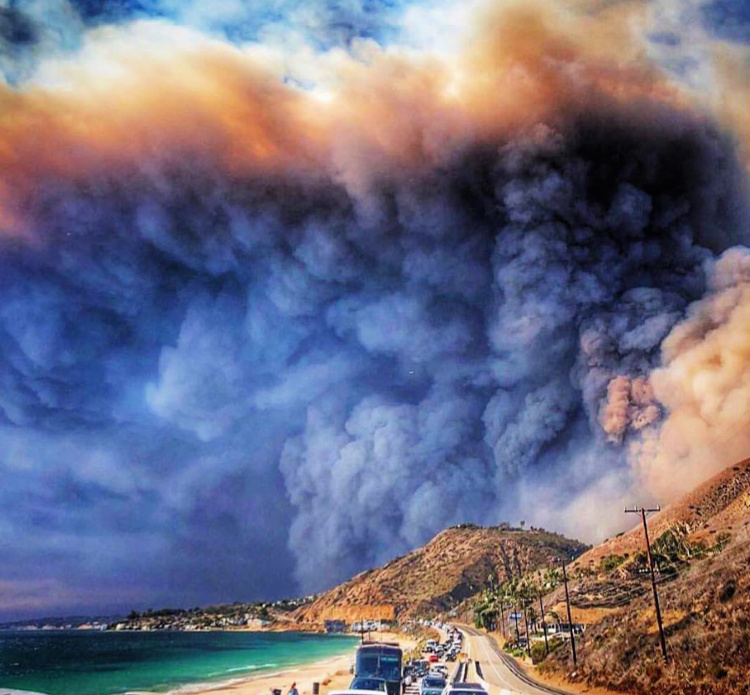In the Los Angeles region, we are once again dealing with wildfires and the poor air that accompanies these increasingly massive fires. When fires hit close to home, we are all impacted in different ways. There are road closures, more traffic, the air is smokey, and often children are kept inside, and if you happen to be in a community directly impacted by the fires, school is cancelled.
In my own lifetime, I have seen how fire season has been extended. California used to receive more rain, and that moisture would help alleviate the dryness. By now, we should have already had a few rainstorms, but here we are approaching the holiday season, and it’s dry and warm.
Given our new reality, which is driven by climate change, I expect that teachers have real conversations about what’s happening with our environment in their classrooms. That means teachers need to understand climate change and be able to explain it clearly to students using facts.
The Report of the 2012 National Survey of Science and Mathematics Education revealed that only 42 percent at the middle school and 39 percent at the high school level consider themselves “very well prepared to teach” climate and weather.
On Saturday, hundreds of teens in the Bay Area attended The Tech for Global Good Youth Climate Action Summit which engaged young people in how to address climate change. These type of conferences need to be replicated across the state and even across the country as our youth will be living with the impacts of climate change longer than we will.
I wanted to share some resources from CoolCalifornia.org that you can use to talk to your students about climate change. There’s information on this page for K-12 students specifically about climate change. Note that a lot of the information pointing on federal websites is no longer there because President Trump doesn’t believe in climate change, but there is still information that can be used to talk to your students about global warming.
I’m hopeful that we can start to push our teachers and education leaders to make climate change a larger and more meaningful part of our students’ curriculum.
Cindy Borbon
Latest posts by Cindy Borbon (see all)
- Enough is Enough: The Robb Elementary Shooting - May 25, 2022
- New Findings That Covid Isolation Has Delayed Children’s Skills - May 4, 2022
- Pasando de Gris a Verde: Transformando los Campus Escolares - April 21, 2022
- La Escasez de Maestros de TK en California: ¿Afectará a su Hijo/a? - April 19, 2022
- Going From Gray to Green: Transforming School Campuses - April 14, 2022


Pingback: It's Earth Day: Climate Change Lessons Needed - La Comadre
Pingback: Es el Día de la Tierra: Lecciones de Cambio Climático Son Necesarias - La Comadre